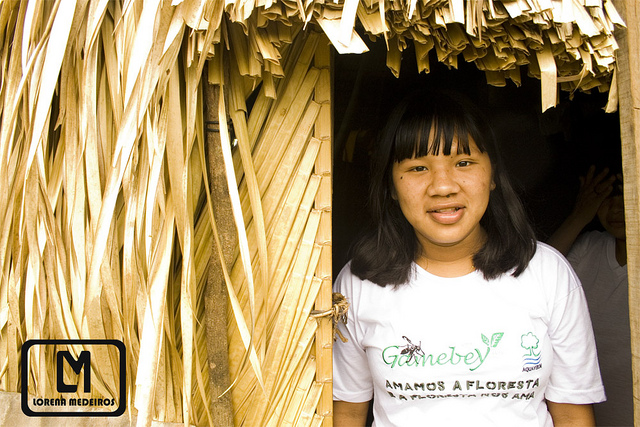Brazil: The Indigenous, The Internet and InterculturalityThe idea commonly supported in the collective Brazilian imagination, that the indigenous Brazilian is no longer considered indigenous as soon as he or she adopts the customs and technologies inherited from the West, is countered by a reality in which indigenous villages are using information tools and technology with ever more frequency precisely for more efficiently defending their indigenous lifestyle and culture.And:
In Brazil, the government and non-governmental organizations encouraged indigenous Brazilians from different language groups to use the internet. Although the projects are still in their infancy, a number of the 2,698 schools in indigenous villages, frequented by more than 200,000 students, were equipped with computers. And where this was not possible, computers were set up in the Funasa health clinics within the cultural centers as part of the Electronic Government Program–Citizen Service.
With increased computer access, the first indigenous internet sites began to appear in 2001. According to Eliete Pereira, from the Atopos Research Center at the Arts and Communications Faculty of the University of São Paulo, indigenous presence on the internet is still rather erratic. In a map she prepared of indigenous internet participation, Eliete found three types of sites: personal sites, sites corresponding to particular ethnicities and sites corresponding to indigenous organizations.Comment: More than 200,000 Amazon Indian children are students in Brazilian schools. They are getting access to the Internet and building their own websites. Keep that in mind the next time you see a primitive Amazon Indian in a movie, TV show, or
commercial. And someone tells you, "No, really, that's the way they are."
For more on Amazon Indians and the Internet, see
Surai Fight Back with Film, Google and
What "Primitive" Indians Really Think. For more on the subject in general, see
Indiana Jones and the Stereotypes of Doom.



No comments:
Post a Comment